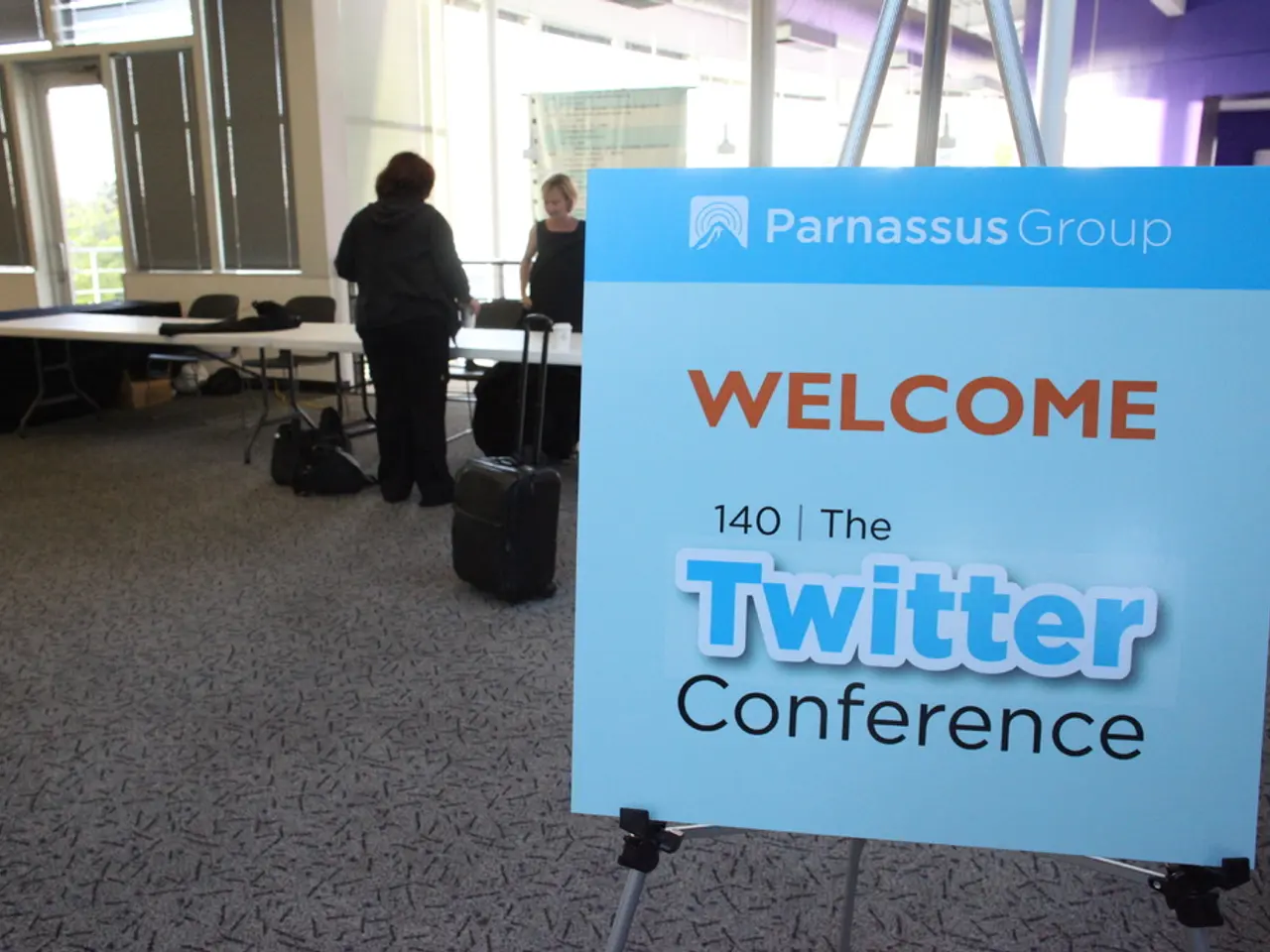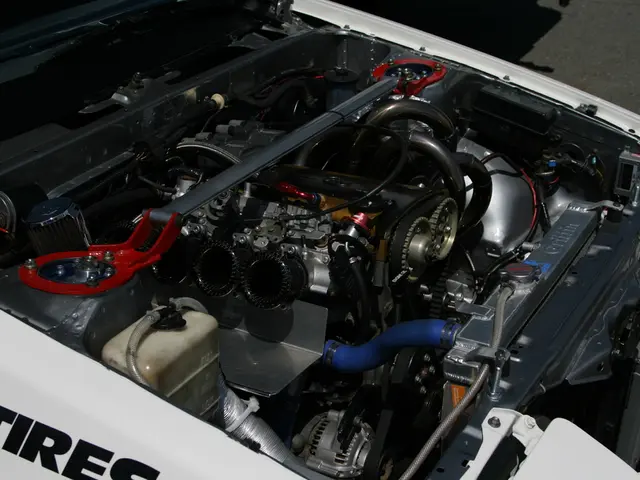Swedish Radio Exits Twitter, Citing Waning Audience Interest
Swedish Radio, a prominent European public broadcaster, has announced its departure from Twitter. This move, effective immediately, makes it the first of its kind among Western European public broadcasters. The decision is not tied to Twitter's new policy labeling public broadcasters but rather a response to waning audience interest in the platform.
Swedish Radio has been present on Twitter since 2009 but will now delete most of its accounts and label others as inactive. The broadcaster's concern lies in Twitter's reduced workforce and the potential impact on handling bots, disinformation, and hateful content. This concern is shared by other major Western European public broadcasters like the BBC, which, however, have chosen to continue using Twitter for now.
The decision by Swedish Radio follows similar moves by US broadcasters NPR, PBS, and Canada's CBC in the past week. Unlike these broadcasters, Swedish Radio's departure is not due to Twitter's new policy labeling public broadcasters. Instead, it reflects the platform's dwindling popularity among Swedes, with only 7% using it daily compared to 53% for Facebook and 48% for Instagram. Individual reporters at Swedish Radio remain free to use Twitter personally.
Swedish Radio's exit from Twitter marks a significant shift in the platform's landscape, particularly for public broadcasters. While the BBC and other major Western European broadcasters continue to use Twitter, Swedish Radio's decision highlights the importance of audience engagement and reach in the digital age. The broadcaster's departure is a clear indication that, despite being publicly funded, it is responsive to the changing preferences of its audience.
Read also:
- Reconsidering the Approach to Mountain Height Measurement?
- Top Players on EA Sports FC 26 from Arab and Saudi Leagues: Mo Salah, Cristiano Ronaldo, and More
- Minimal Essential Synthetic Intelligences Enterprise: Essential Minimum Agents
- Tesla is reportedly staying away from the solid-state battery trend, as suggested by indications from CATL and Panasonic.




